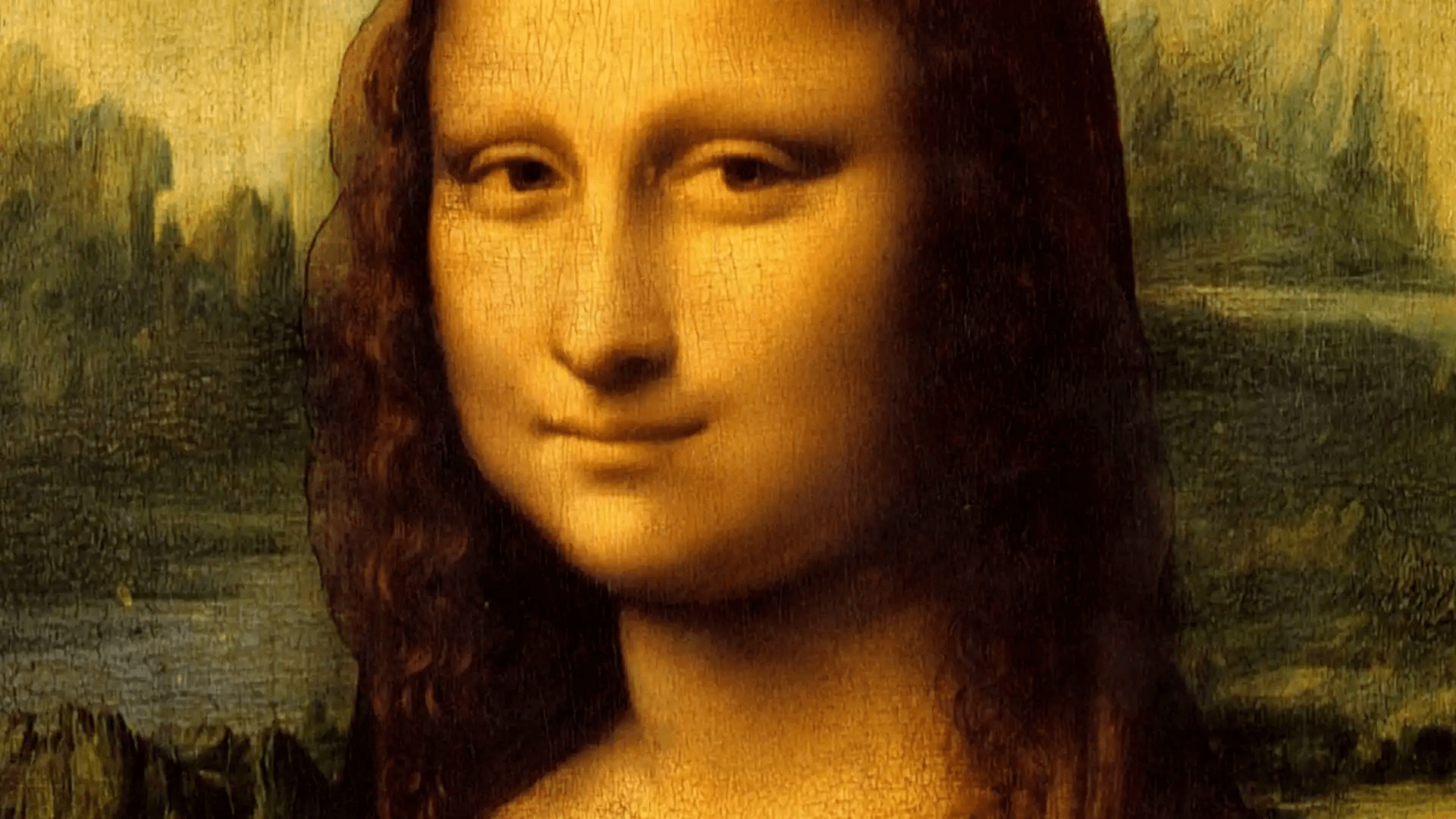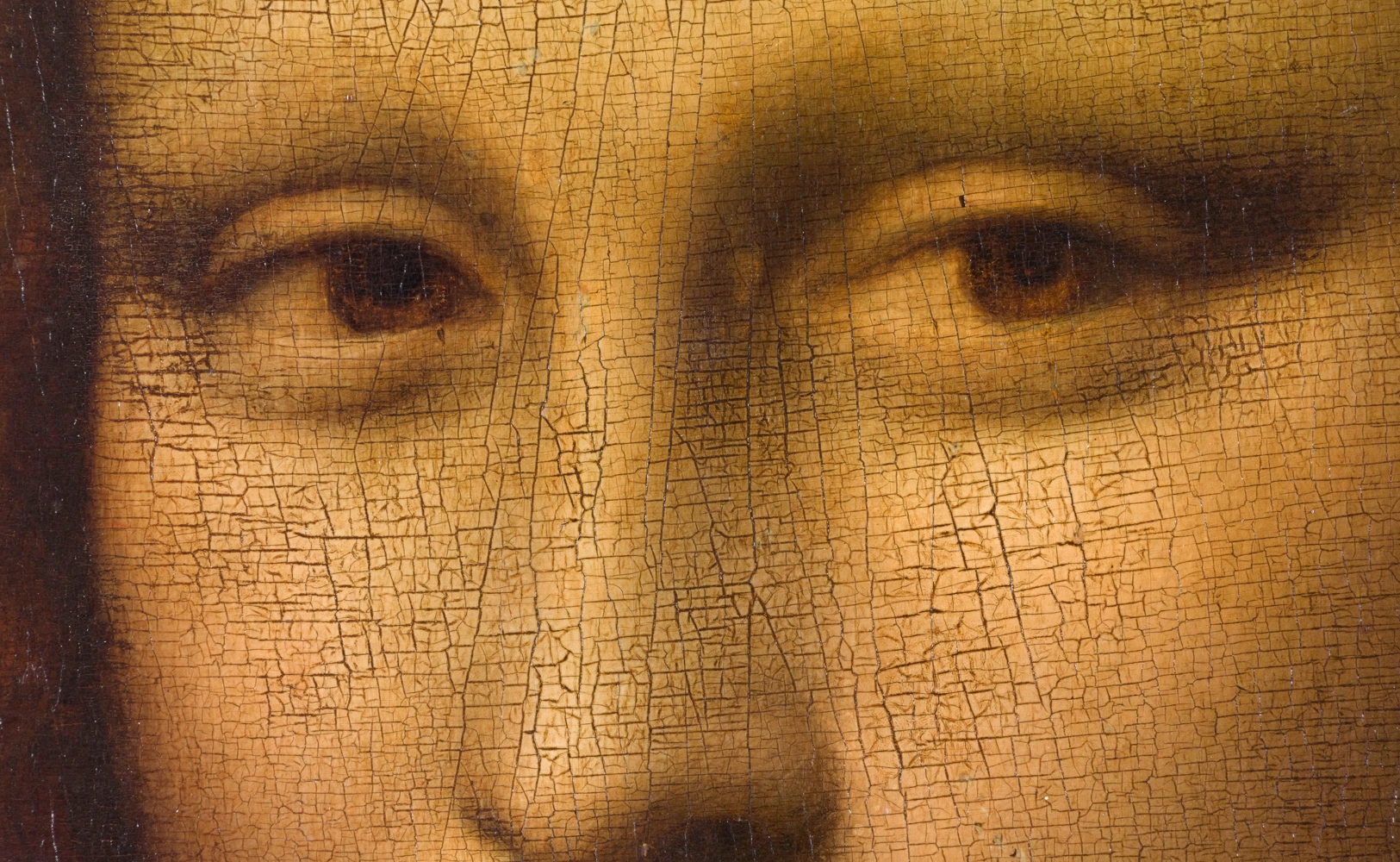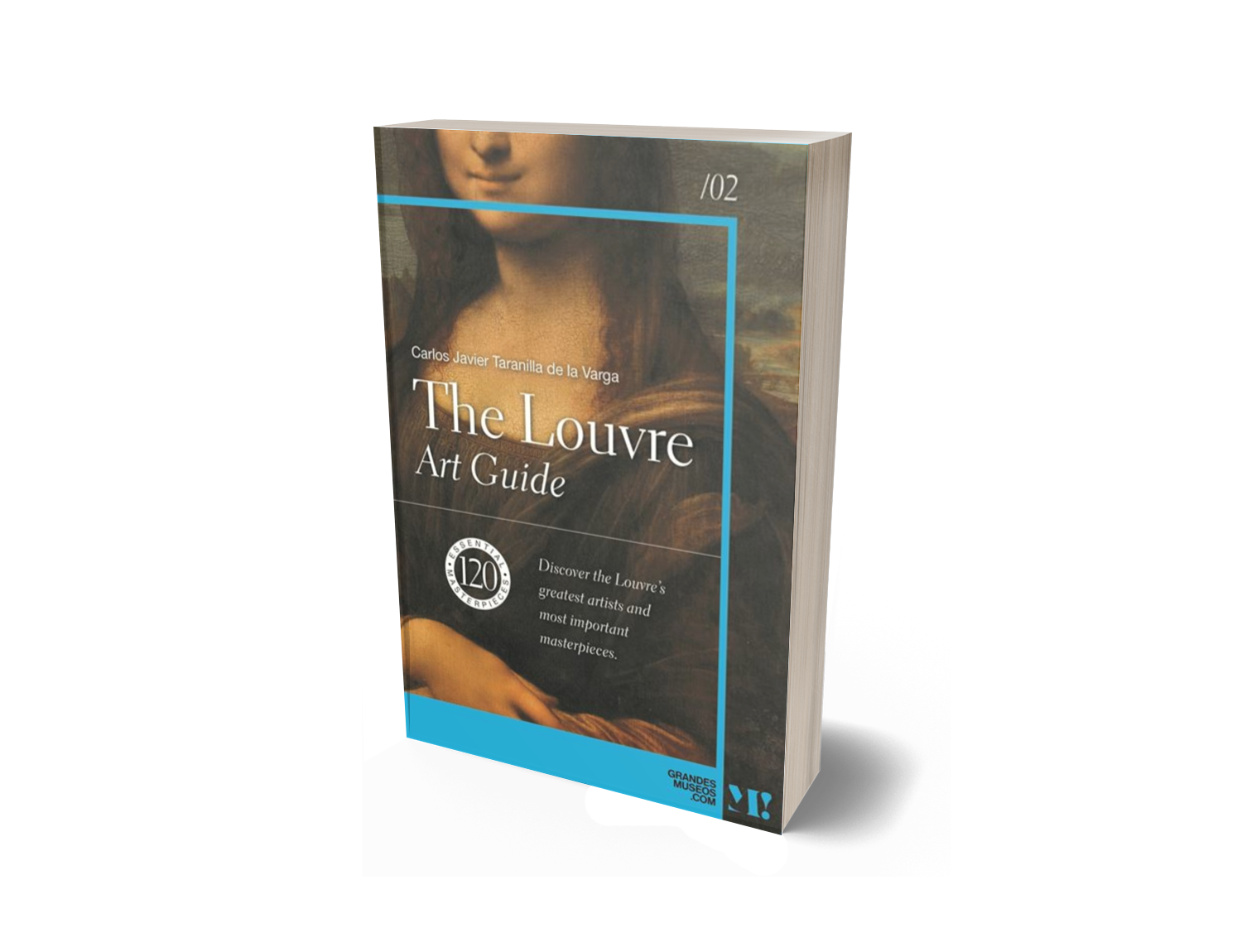
The mailbox for Mona Lisa lovers at the Louvre
Did you know that the Mona Lisa has her own mailbox in the Louvre for all the love letters she receives? That's right, Leonardo da Vinci's famous painting has captivated many admirers over the centuries, who have left her offerings of flowers, poems and, yes, love notes. Some have even gone to unusual extremes, such as the artist Luc Maspero, who allegedly committed suicide in 1852 by jumping from a hotel balcony because "For years I have struggled desperately with his smile. I would rather die." Who knew that artistic appreciation could be so obscure?
In this article we will tell you more about the fascination that the Mona Lisa has generated, the reasons why she has become a cultural icon and some of the secrets hidden in her enigmatic expression. We'll also show you some of the most curious love letters the lady of the Louvre has received and how you can send her yours if you're so inclined. Don't miss it!

The mailbox is located in a room next to the one housing the portrait, and is decorated with a reproduction of the enigmatic woman's face. There, visitors can deposit their letters, which are collected by the museum staff and stored in a special archive.
What do these letters say? According to some testimonies, there is everything from intimate confessions to questions about the identity or meaning of the work. Some write him poems, others ask for advice or tell him about their problems. There are those who thank him for inspiring them or for accompanying them in difficult moments. And there are also those who propose marriage or declare their passion.
It is not known exactly when this tradition began, but it is believed to date back to the 19th century, when the Mona Lisa became a worldwide icon thanks to the reproductions and copies that were made of her. Since then, its popularity has continued to grow, and it has become one of the most viewed and photographed works of art in history.

But the Mona Lisa also hides many secrets and mysteries, which have fueled the imagination and curiosity of admirers. For example, who was the woman who posed for Leonardo? What did she want to express with her smile? What hidden symbols are in the painting? Is it a self-portrait of the painter?
These and other questions have been the subject of numerous investigations and theories, some more plausible than others. What is certain is that Leonardo da Vinci never quite finished the work, and that he continued to work on it until his death in 1519. It is believed that he painted it between 1503 and 1506, and that it depicts Lisa Gherardini, the wife of a wealthy Florentine silk merchant named Francesco del Giocondo. Hence it is also known as La Gioconda.
The technique Leonardo used to paint her was very innovative for the time, and consisted of applying very thin and transparent layers of oil on poplar, creating an effect of depth and luminosity. También usó el sfumato, un método para difuminar los contornos y crear una atmósfera nebulosa. Estos recursos le permitieron crear una obra maestra de la perspectiva y el realismo, que sigue fascinando a millones de personas.
If you are one of them too, and would like to send a letter to the Mona Lisa, you can do so by visiting the Louvre or writing to the museum's postal address:
Musée du Louvre
Service des publics
A l'attention de Mona Lisa
75058 Paris Cedex 01
France
If you would like to find out more about the Louvre Museum and, above all, information about the greatest works of art housed in the Louvre Museum in Paris, we recommend "The Louvre Art Guide".
Already available on Amazon by clicking here.

